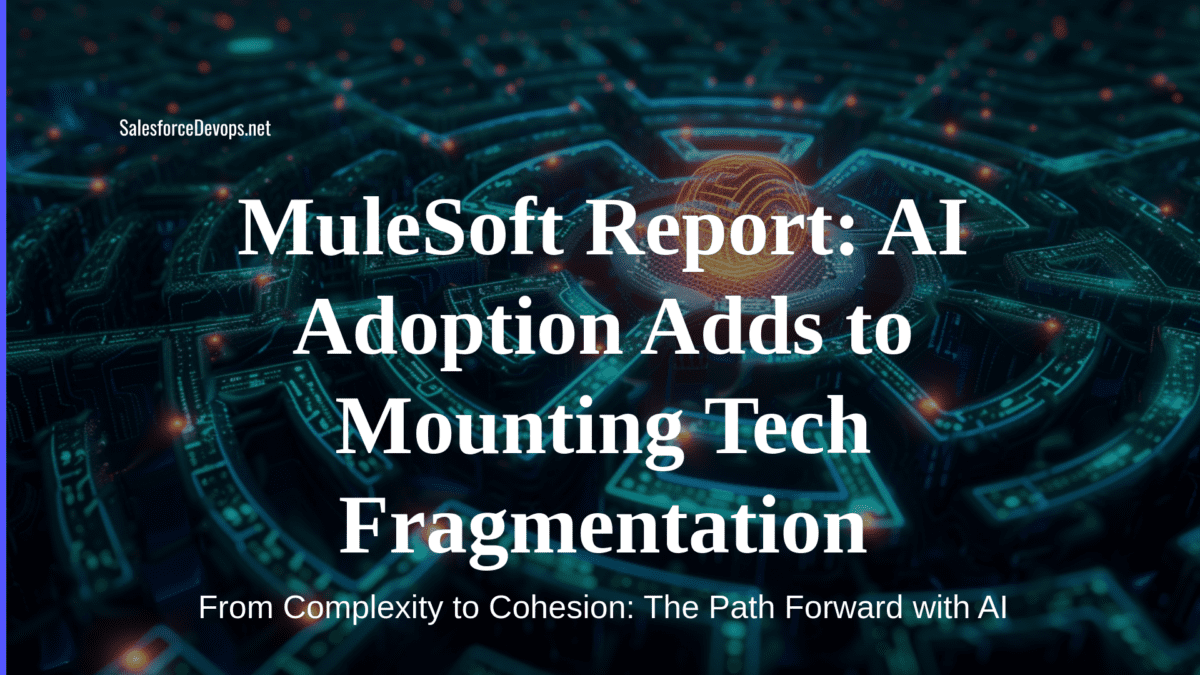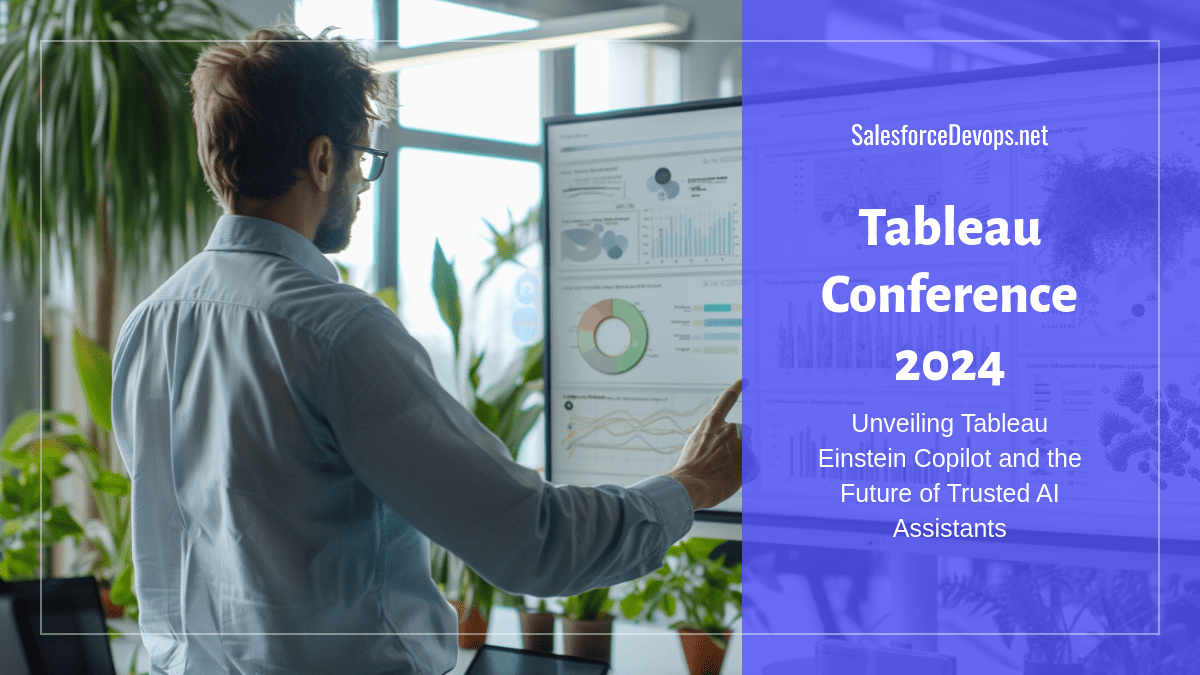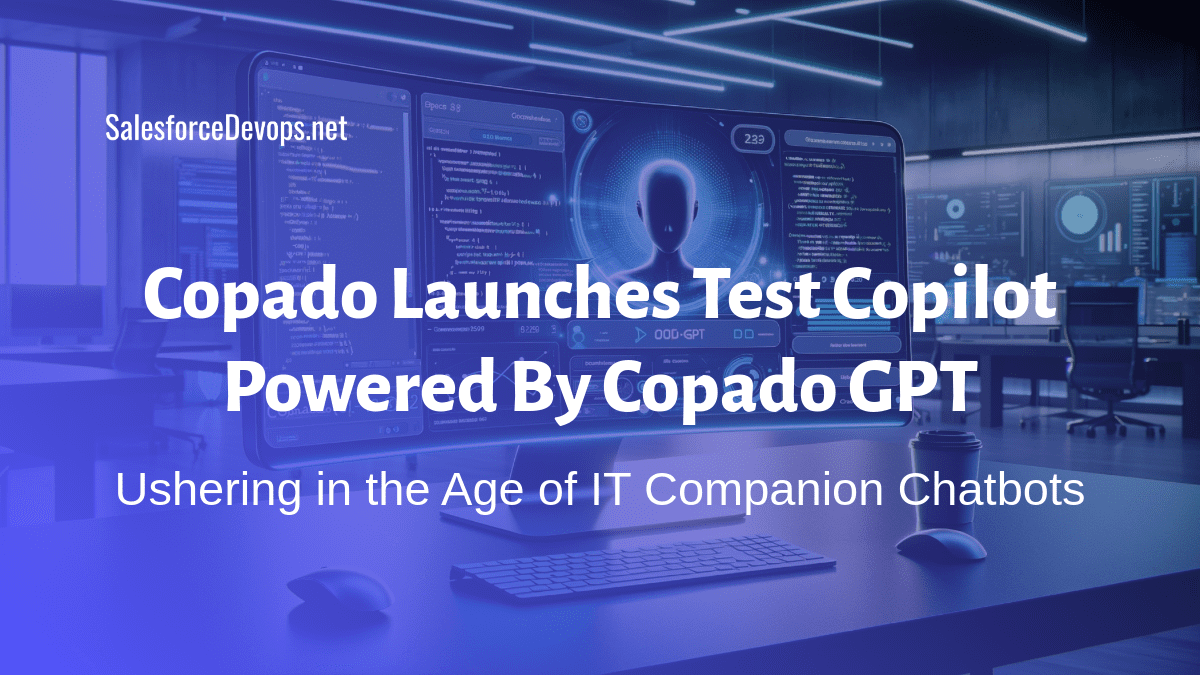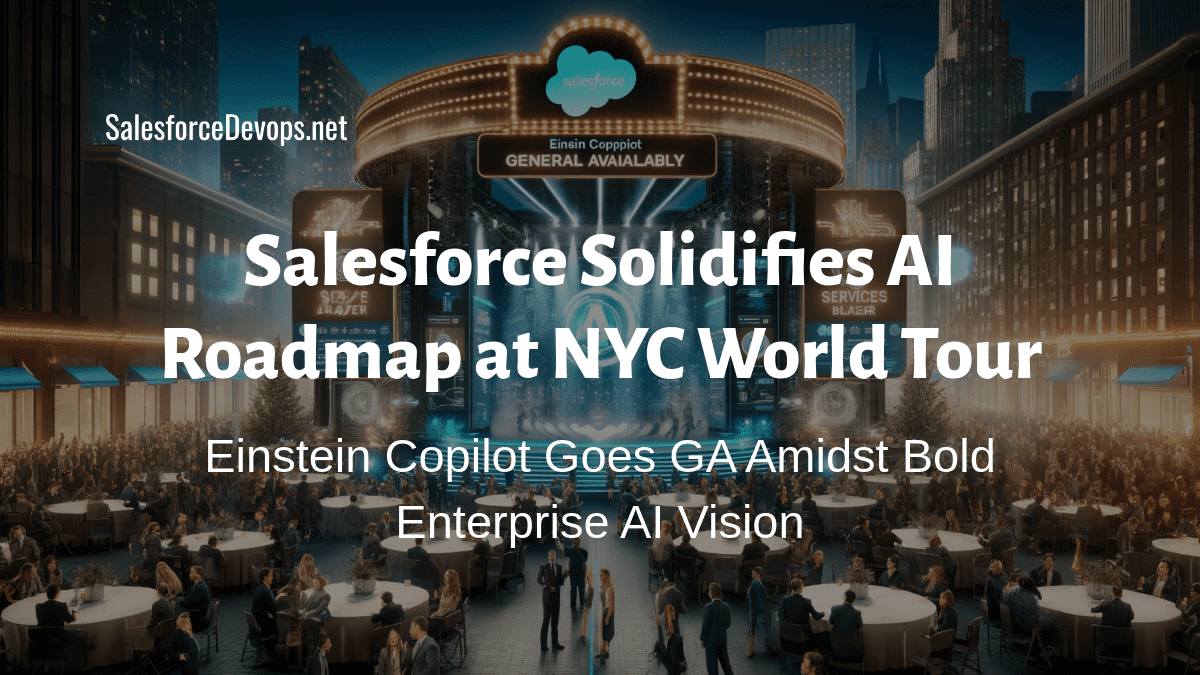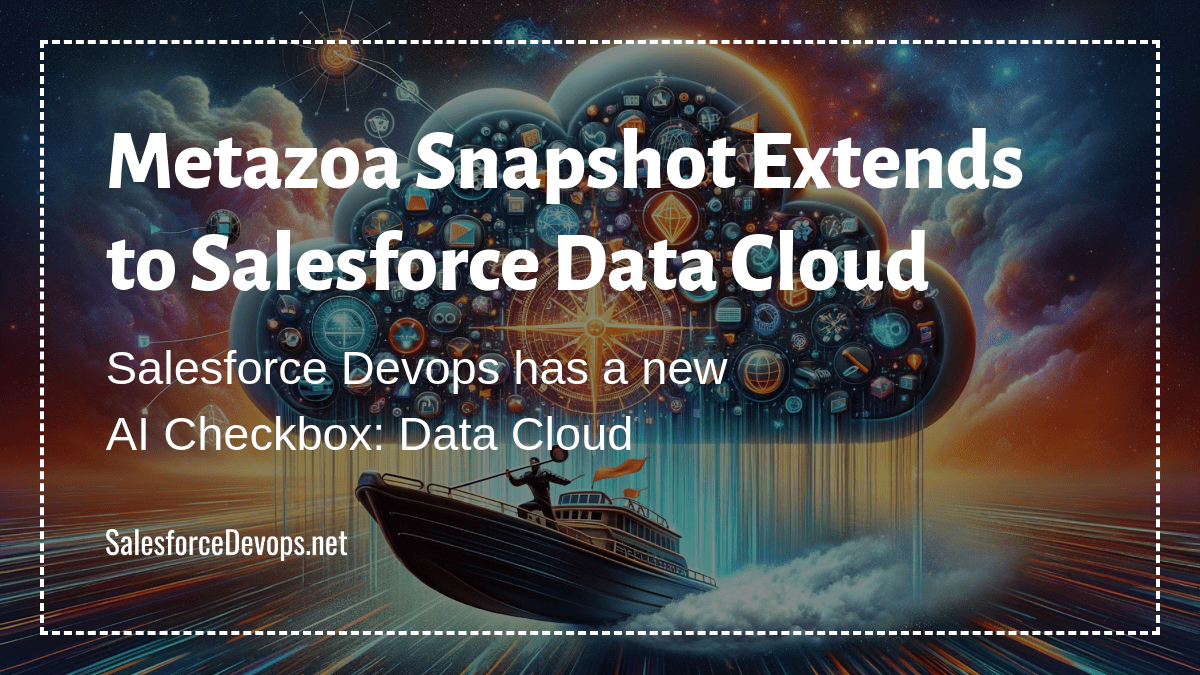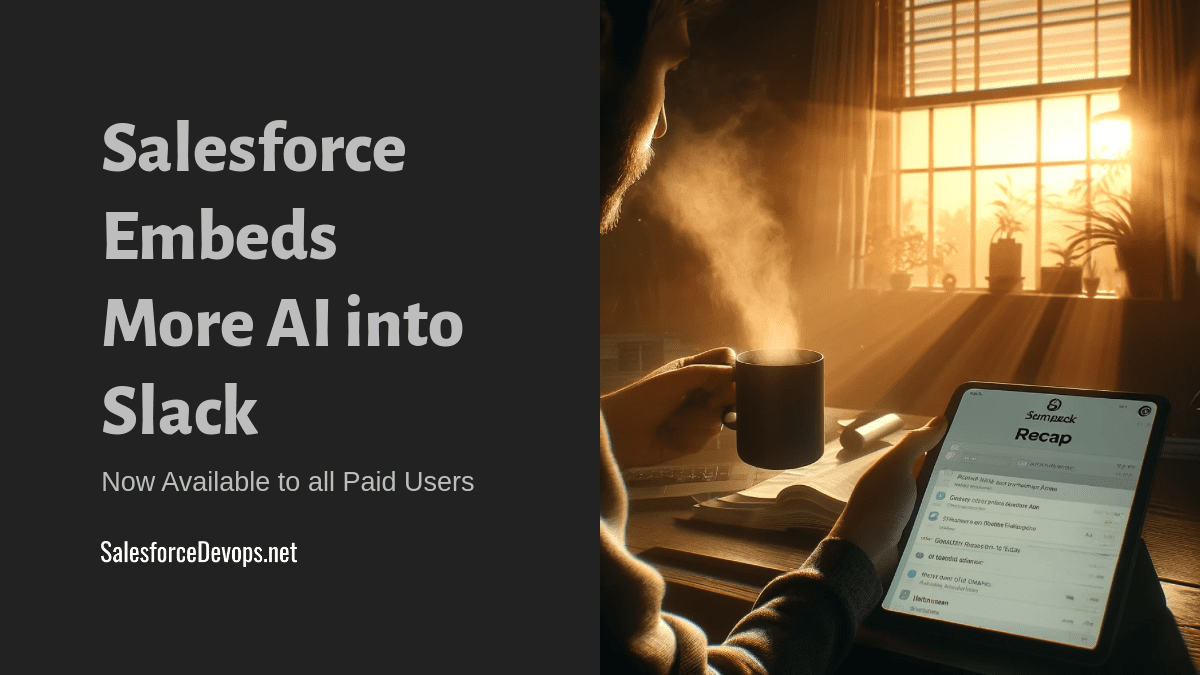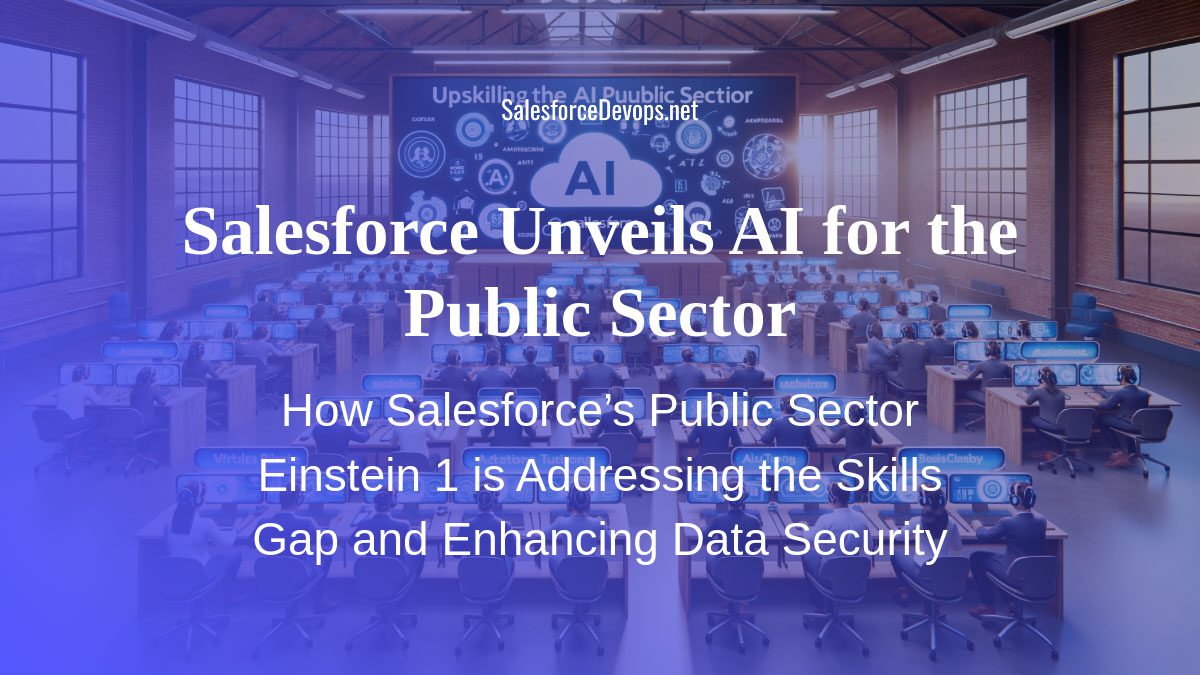MuleSoft Report: AI Adoption Adds to Mounting Tech Fragmentation
According to MuleSoft’s 2024 Connectivity Benchmark Report, organizations now juggle an average of 991 applications – each with their own data, interfaces, and access needs requiring integration. As Param Kahlon, EVP and GM at MuleSoft explains: “AI further tangles API sprawl. You must balance nearly 1,000 applications to create a cohesive customer experience.” At the same time, however, some Salesforce customers are turning to the Einstein 1 platform to help address complexity.
There is a new app in town that’s causing this mess to get even more complicated. While artificial intelligence conjures visions of boosted efficiency through uncannily accurate predictions and responsive automation, it is no wonder that AI adoption has exploded. 80% of organizations now use multiple models. And overall, AI adoption is expected to grow 78% in three years according to MuleSoft’s 2024 Connectivity Benchmark Report.
However, sky high ambitions around AI currently create a sobering reality for many enterprises. While interest and usage surge, most IT leaders face foundational issues operationalizing AI to realize material gains. And for some Salesforce users, the company’s approach to building AI trust and under-the-hood features helps to address application complexity and time-to-market.
Table of contents
The Core Tension: Data Access vs. Data Silos
The key tension illuminated across the MuleSoft research is that AI relies on accessing unified, quality data to reason accurately about an organization – yet contending with hundreds of disconnected, overlapping data sources makes assembling that single source of truth difficult. “AI has to understand a business’s full context to derive the right predictions and directives,” explains Kahlon in an interview with SalesforceDevops.net. “We’re stuck bringing all this data together to feed AI.”
Without complete information, AI risks faulty inferences. With fragmented infrastructure, executing at scale on AI-generated insights becomes its own challenge. This is the data access versus data silos tension enterprises now navigate.
IT Symptoms Plaguing Enterprises
Many symptoms of this core tension plague enterprises struggling to operationalize AI innovations, according to the report:
Data Silos Stymieing Progress
- 81% of IT leaders cite data silos as hampering digital transformation initiatives needed to harness AI, indicating fundamental connectivity issues.
Systems Too Tightly Coupled
- 72% state their infrastructure relies on overly interdependent systems that lack flexibility – if one application shifts, a ripple effect is likely to damage others.
Integration Headaches
- The inability to connect insights to customer experiences frustrates 75% of organizations.
“Organizations rely on us to guide AI implementation and strategy,” Kahlon notes regarding CIO pressure. “But despite great interest, they remain stuck integrating the data AI relies on.”
Proliferating Technology Compounds Gaps
Rather than consolidate systems, enterprises appear to continually expand them.
- Organizations now juggle an average of 991 applications comprising their digital environment, according to the report.
With existing integration headaches, more technologies layering into infrastructure heightens fragility risks. And if AI can’t seamlessly access data across all those disparate sources – or actuate on insights across them – its potential remains bottlenecked.
“AI further tangles API sprawl,” Kahlon explains regarding growing connectivity debt. “You must balance nearly 1,000 applications to create a cohesive customer experience.”
This proliferation combines with integration gaps to address likely contributes to the mixed progress on overall digital transformation efforts. As the study finds:
- 98% of IT organizations face notable challenges advancing strategic modernization goals. Obviously, thorny issues still abound.
For AI to shift from promise to practical daily value at enterprises, integration and infrastructure priorities warrant as much investment and airtime as the advanced analytics techniques themselves. Data access sits at the heart of the matter.
Einstein 1 Platform Offers Less Complexity
Many of the difficulties cited in the MuleSoft report highlight the problems in data integration. Data Cloud, the newest Cloud offering from Salesforce, is designed to deal with sprawl and redundant data storage.
As Kahlon notes: “The Zero Copy feature in Data Cloud has the ability keeps the data where it is and we’re able to understand it and print and read it. Then we enhance it with metadata that the Salesforce application can understand, and you can start to train over that set of metadata without moving the data.”
Kahlon further positions this as a major advantage for customers already invested in certain repositories or having data gravity around existing enterprise lakes: “Data Cloud brings that together without having to move the existent data from an enterprise data lake or warehouse. Customers that don’t want to copy data around see Zero Copy as a huge value proposition.”
Customer Likes Einstein 1 Strategy
For Lawson Dees, VP of Operations at commercial real estate disruptor and long-time Salesforce customer Crexi, the decision to adopt Einstein capabilities like predictive lead scoring and pipeline risk analysis centered heavily on established integration capabilities and comfort with the Salesforce platform.
As both a long-time customer and past user himself, he expressed relief at their embedded AI expanding available insights rather than replacing core tools requiring new security reviews and skill building: “It was a good nudge in the right direction. If Salesforce is doing this, they obviously have a big customer base, they’re not making this decision on a whim, they clearly see market appetite…it was a nice little kick in the rear and maybe some FOMO too.”
Beyond satisfying an appetite for efficiency, for Dees responsibility continues looming large as AI permeates operations. So, Salesforce’s AI stewardship helps accelerate application: “If I had to develop all that governance myself, we wouldn’t be using it right now. There are just too many hoops to jump through without a trusted platform like Salesforce making sure we can focus on our use cases rather than reinventing all the security protocols.”
This ability to move AI into daily rhythms without disorienting disruption remains imperative as integration headaches still cause 90% surveyed to report struggles making progress. For Dees and 79% of the survey’s respondents concerned over missteps however, Salesforce’s custodial approach sparks more excitement than apprehension.
Crafting a Connectivity Cure
Transformative technologies like AI are often hyped without acknowledging the hidden system work required to surface benefits. For enterprises seeking to capitalize on AI’s potential as a driver of efficiency and automation, investing in unblocking data flows deserves parallel attention.
Architecting composable, API-first connectivity across fragmented IT estates is essential to preventing perpetually disconnected data. Only with comprehensive visibility into how systems currently exchange data can you augment access points to democratize information streams.
Tools for federated data unification without endless copying or adjustments as sources evolve are also maturing, per the report – promising ways to flexibly share context across integration pain points. Empowering more autonomous, reusable integration building further alleviates reliance on IT bottlenecks to customize all touch points.
As Kahlon summarized regarding AI payoffs: “It’s dependent on integrated data. Breaking down data silos can unlock AI’s full potential.” The integration focus simply can’t be neglected.
Prioritizing that connectivity layer with equal zeal as transformative AI will allow more global enterprises to transition from proofs of concept to productive implementations. Simplifying access and analytics deserves partnership with the powers, unleashing predictions.
